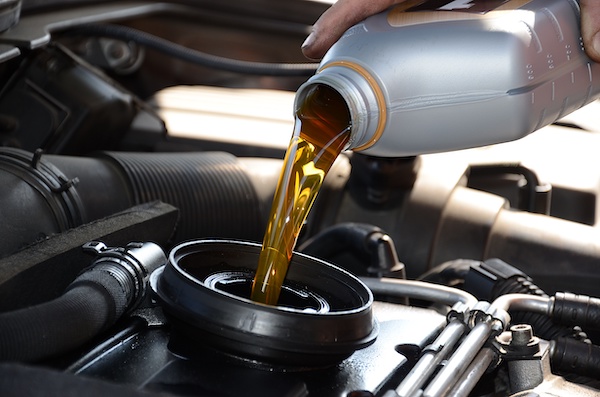
It can be difficult to say which services are recommended because they are necessary and which services are recommended solely to make money for the shop these days. Customers also inquire about fluid flushing services. And this is understandable. There are no indicators or reminders that it's time to flush the brake fluids. You won't see a reminder sticker on your windshield to change your transmission fluid.
Fluid repair, on the other hand, is a vital aspect of ensuring that your car lasts a long time.
What Is A Fluid Flush, And How Does It Work?
An oil change is a fluid flush in technical terms. To help its components do their work, the car uses a variety of fluids.
Dirt and other toxins accumulate in these vital fluids over time. This can reduce their effectiveness or even make them dangerous to your car.
A fluid flush entails completely draining a certain form of fluid from your vehicle and replacing it with fresh, pristine fluid.
Although various vehicles have different service periods, all manufacturers suggest changing the fluids on a regular basis. The length of these intervals is determined by the type of fluid.
Flushing The Transmission
In order for your car's transmission to work properly, it needs a special form of oil. This oil, also known as transmission fluid, collects dirt and grime over time.
This dirt has the potential to coagulate and clog your transmission system. Clogs in your transmission, one of your vehicle's most costly components, can cause serious harm.
Many manufacturers suggest waiting until the transmission fluid reaches 75,000-100,000 miles before replacing it. Many technicians suggest conducting this service every 30,000-50,000 miles for owners who want to extend the life of their transmission.
It's a good idea to change your transmission fluid every 15,000 miles if you drive in a harsh environment, such as making deliveries or doing something that requires a lot of short-distance driving and stopping and starting.
Fluid maintenance isn't just for automatic transmissions. Manual transmissions use a more common oil, but they still need to be serviced on a regular basis.
For most vehicles, a new automatic transmission costs about $3,500. The best way to prolong the life of your transmission is to perform daily fluid maintenance on it, which is well worth the money.
Flush The Power Steering
Many automakers claim that their power steering fluid would last the life of the car. That is not always the case, however.
Power steering fluid is put under a lot of strain. When the car is moving, it is exposed to the heat of the engine. In the winter, it is also vulnerable to severe cold. This back-and-forth will cause the fluid to break down prematurely.
Pumps, hoses, and steering gear seals can all be severely damaged by bad power steering fluid. This will eventually wear out your power steering system and cause it to malfunction. This is a potentially dangerous situation.
As a result, mechanics suggest flushing the power steering fluid every 50,000-75,000 miles. Because of its significance, it's also worth testing at other big service intervals.
Flushing The Brake Fluid
A brake fluid flush is possibly the most common fluid service performed, aside from an oil change. And it's not without reason.
Not only is brake fluid vital, but it is also one of the most vulnerable to dirt and grime accumulation. Brakes that are inefficient are unreliable brakes. Brakes that aren't working properly are very dangerous.
Water, in addition to dirt and other pollutants, can easily get into your brake fluid. This is due to the fact that condensation accumulates gradually over time. Water in your brake lines will make it difficult to stop quickly when you need to.
Your brake fluid should be transparent or translucent at the very least. If your brake fluid has a distinct color, especially brown, it is polluted. Go to our shop right away if you smell burning or your brake fluid is dark. This indicates that your brakes have failed.
Replace your brake fluid every two or three years, or every 24,000-36,000 miles, depending on the age of your car, to prevent such a risky situation.
Conclusion On Fluid Flushes
Your car is most certainly one of your most valuable possessions. Although you might be able to get away with skipping some of these fluid flushes, you risk drastically reducing the life of your car.
Any of these services, such as a brake fluid flush, are critical to your vehicle's safety and efficiency.
The only way to know for sure if it's time for a fluid flush is to do extensive testing. You'll be able to tell whether your car needs a fluid adjustment based on the results of these checks.
If a transmission fluid flush is needed, you can rest assured that our ASE-Certified technicians will use the most cutting-edge methods and technology available. If you need fluid services performed, don't hesitate to give our auto repair shop a call today!